How To Describe A Garden In A Story
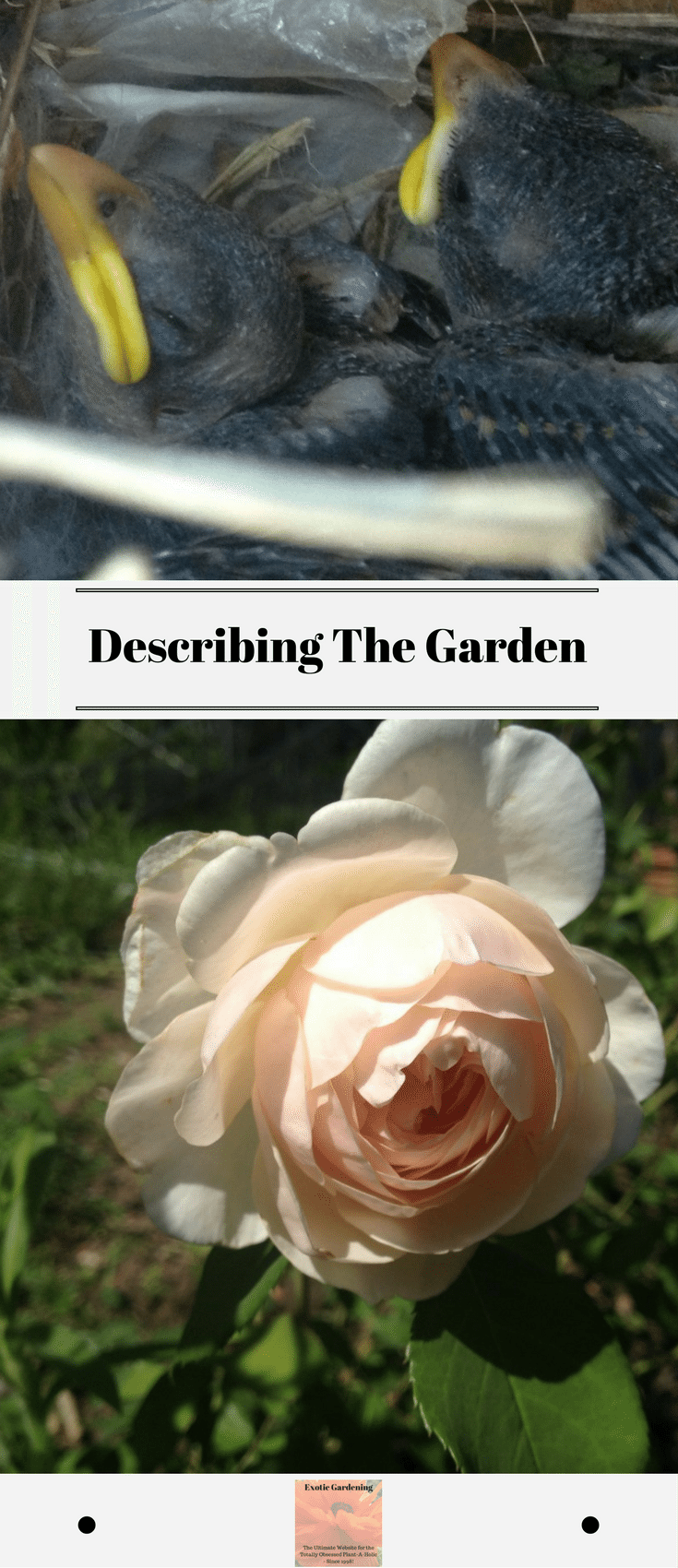
What Although I truly love sharing with you what my senses perceive when I am in the garden,describing the garden is not easy because descriptive writing is not my forte.
Bringing the smells, the sights and the sounds alive on paper is – in fact – very difficult.
How do you accurately describe the wonderful, translucent way a rose looks and the changes in color that take effect when the sun is shining through the petals in a way that makes them glow?
In this article, I hope to share with you how to describe a garden using a combination of senses such as sight, sound and smell as well as words often used to accurately describe a garden.

How To Describe A Garden
The best way to learn how to describe a garden is to think about what your words convey to the person reading them.
A good description needs to convey what something looks like, what sounds you hear, smells you notice, things you taste if applicable, as well as what things you touch actually feel like.
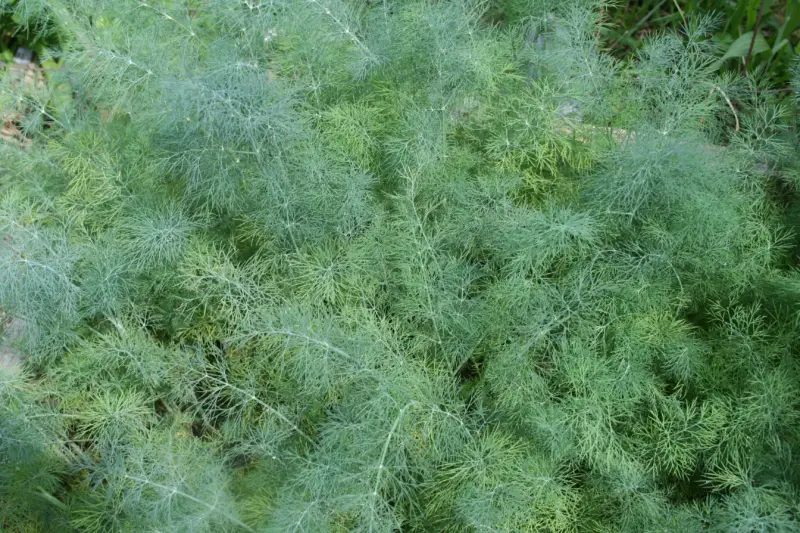
When it comes to describing a garden, it is possible to describe the taste of certain plants or even what they feel like.
For example, the photo above is dill weed.
Dill weed has a slightly tangy taste often associated with pickles and the plant itself is very soft to the touch sort of like a feather, but you will notice the hardness of the stem running through the center of the plant.
The more common descriptions however are going to be how the garden looks, what sounds you hear while you are in the garden as well as any scents you notice.
The key is to show your reader through the details of sight, smell, taste, texture and sound exactly what you are experiencing, instead of simply telling them about your experience.
Ways To Describe A Garden
There are many ways to describe a garden using a combination of vivid adjectives, metaphors and similes.
Describing a garden requires more of the writer than just these things though.
Sharing your thoughts and emotions help give the reader a real sense of what the garden is actually like and this is not necessarily easy.
Often we are taught to stick to the facts, be concise and objective, however when it comes to descriptive writing, these rules must be bent.
While it is important to be observe and report the details in a concise manner, adding in vivid adjectives, metaphors and similes are an important part of descriptive writing.
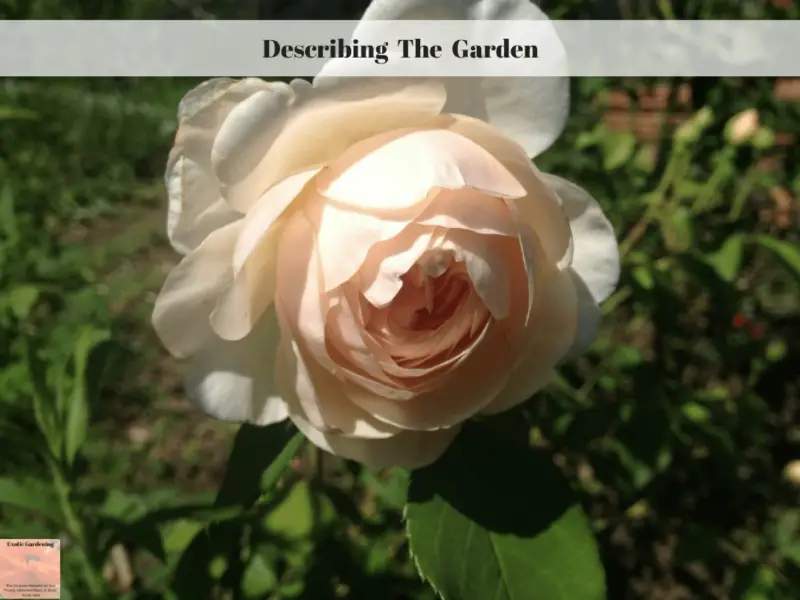
Words To Describe A Garden
There are so many words to describe a garden that honestly that could be a post all of its own.
However, here is a short list of some popular words to describe a garden.
- small
- large
- beautiful
- elaborate
- walled
- formal
- public
- English
- Japanese
- enclosed
- tropical
- sunken
- lush
- shady
- sunny
- magnificent
- overgrown
- suburban
- ornamental
- miniature
- attractive
- organic
- neglected
- perennial
Descriptive Writing On A Garden
Sensory details are essential to descriptive writing on a garden.
The reader must get a vivd sense of what you are describing.
Ideally the words you use should paint a picture in their mind of what you see and possibly even invoke feelings of what it is like to be in the garden, as if they were standing right beside you.
This is why it is important to select the right details to share.
You want your reader to see what you see, feel what you feel and experience exactly what you are experiencing as you walk through the garden.
Using precise language is important because if the words you choose are too vague the description of the garden will not be clear enough to the reader and that will impact their ability to fully immerse themselves in the article or essay.
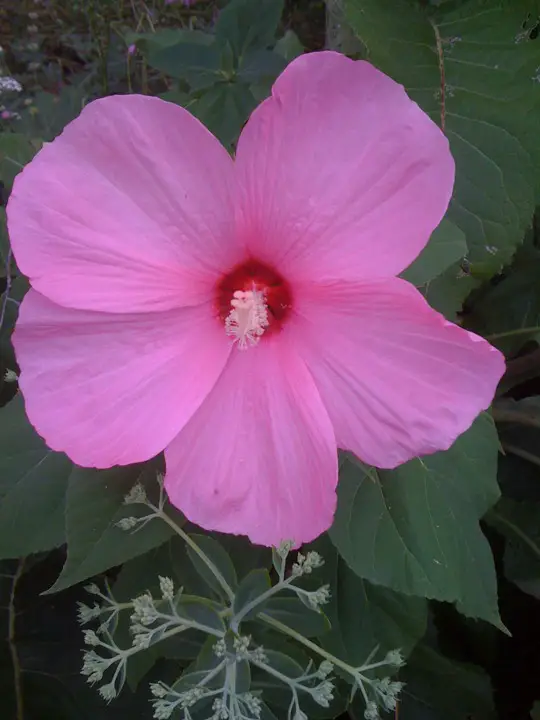
Description Of A Garden
Below is my attempt at describing my garden.
I can see it with my eyes when I am gardening or even walking through the garden, but I can't quite capture the effect with a photo – then again, I am not a photographer.
These days, even though I have a Canon EOS Rebel T3i digital camera, it is my iPhone that I take most pictures with, after all, it is always with me and you can't get more convienent than that.
Add in the delightful smells that waft through the summer air, the sound of birds and the tinkling of wind chimes and you will begin to understand that my garden is truly a delightful mix of fragrance that is brought alive by the sounds of nature and enhanced with colors that only Mother Nature herself can create.
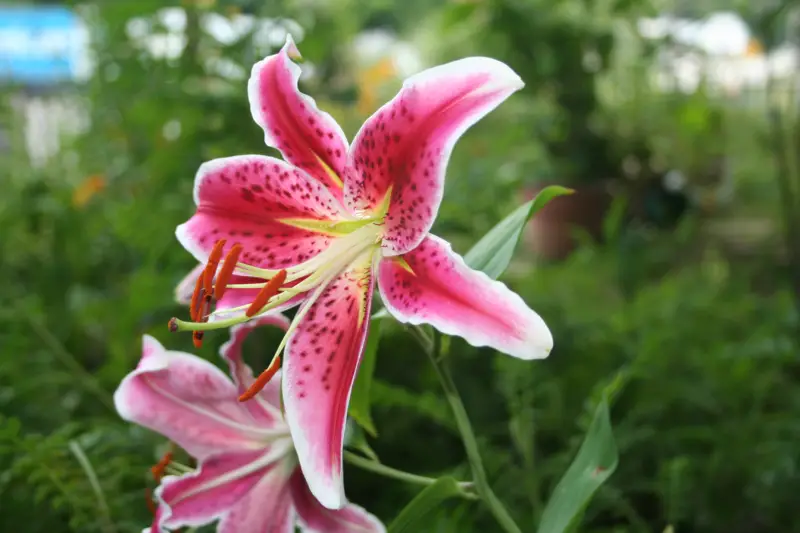
What My Garden Smells Like
From the beginning I knew I wanted a highly fragrant garden.
It's been nine years in the making, but I can say this year has made it all worth it.
This year is a time when I wish there was a scratch and sniff button on my website so you could smell the flowers as I begin describing the garden scents.
The fragrance from the garden gently drifts through the open doors and windows creating an array of heady, floral scents in my house that changes as often as the wind does.
The smell of honeysuckle rules most of the time – it's heavy, overpowering fragrance conquers all the other scents in the garden – except the old fashion mock orange whose citrus notes compete and at times, overpower or combine so well with the honeysuckle that it's hard to tell which is which.
Roses abound in my garden, as those of you who look at the photos know.
Each one of the roses has a different scent – and this was a deliberate choice.
Some smell like pure old fashion roses, some have citrus notes, some are not scented at all and to confuse the nose even more, the sweet briar rose has apple scented leaves that adds its own dimension of fragrance to the garden.
Combine these fragrances with the dame's rocket, peonies, sweet shrub, lilies plus some of the other scented plants that are flowering at this time (the plants change from day to day) and you truly have the makings of a highly fragrant floral perfume.
What My Garden Sounds Like
I love the sound of tinkling wind chimes, birds, burbling waterfalls and plants gently rustling in the wind.
When these sounds combine, it's really amazing.
Throughout the garden there are wind chimes of different sizes and shapes.
Every one makes a different tinkling sound.
Some are barely noticeable, others are very loud with more of a noisy clanging than a gentle tinkling – but it generally takes a pretty strong wind to get the larger chimes to move.
Sometimes a chipmunk or squirrel set them off, but not very often.
When the squirrels come across them, you hear a chirping sound followed by a high pitched barking before they scramble up a tree.
I add new windchimes every year.
I tend to choose cheaper ones because they don't last.
I don't bring them in when summer is over.
They are bought for the garden and that is where they remain until the fall apart.
I then collect the pieces of the wind chimes and hope someday to put them back together.
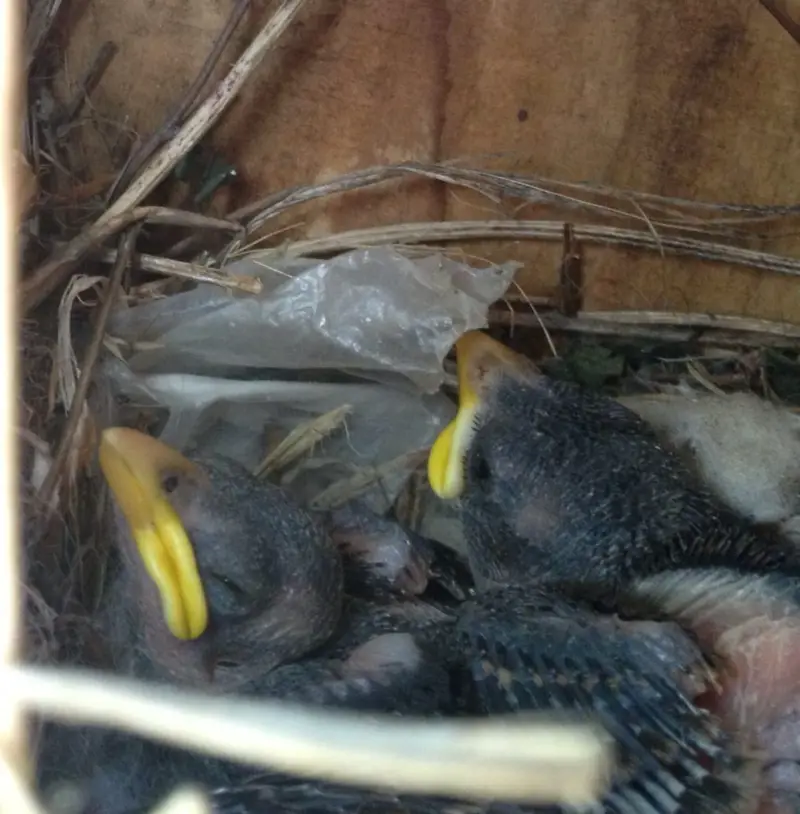
This year my garden is filled with the sounds of birds chirping.
It wasn't always like this.
In fact, in the beginning, the bird feeders would sit for days untouched.
Sometimes I would have to toss the bird seed because it rained and ruint it.
Those days are long gone.
This year there are bird nests – filled with baby birds – all over the property.
I have lots of bird houses, but some birds choose to build their nests in trees, shrubs or among the plants.
I am glad.
All types of birds are welcome here and I absolutely love the sound of birds chirping.
Nothing says good morning quite like the cheery sound of happy birds.
The other thing that I am noticing for the first time this year is the gentle rustle of the plants – specifically some of the ornamental grasses.
The sounds of the plants rustling are not prominent, but when you walk past an area – or are sitting in an area – where the wind is gently moving the plants, you do notice.
The rustling is soothing in a way – not harsh or irritating.
In fact, were it not for the occassional vehicle driving by or sound of voices, I could easily forget I was right at the edge of the city.
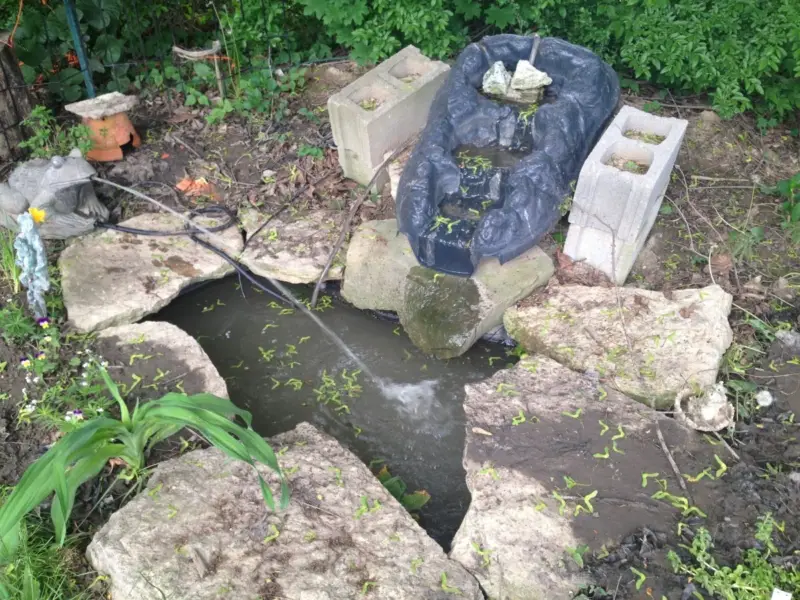
My other love is the sound of moving water – which may seem strange given the fact that I am afraid of water.
I have always been afraid of water since I was a young child, but when my ex-husband tried to drown me in the bathtub, that fear became greater.
There are three ponds currently on the property and there are plans to add a fourth one.
The new pond is going to be large enough to raise catfish in – the other three are strictly ornamental.
I have an array of fountains, waterfalls, colored lights and even a fogger in the ponds.
I truly find the burbling sound of falling water soothing.
The birds, butterflies and other small animals are also attracted to the sounds of water and every year there are numerous frogs and toads that come here to live.
I love seeing tiny frogs and toads in and around the pond areas.
What My Garden Looks Like
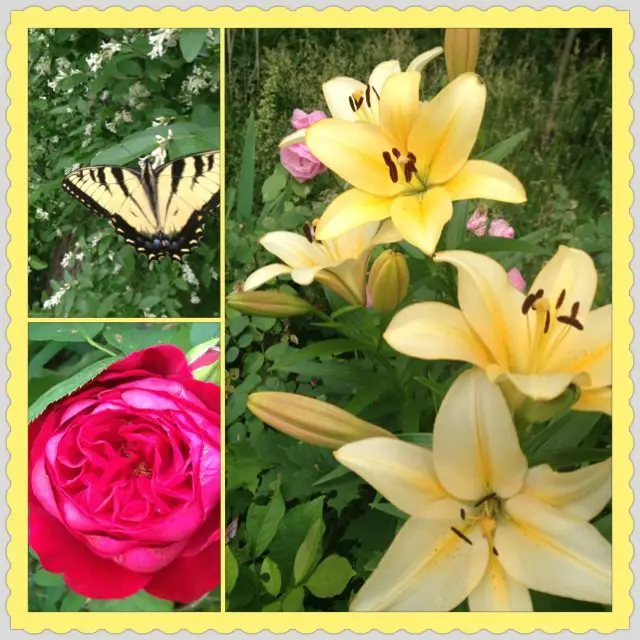
Oh – the lovely sights of the garden – are truly a sight to behold.
There is color everywhere – bright color, subtle color – pinks, reds, yellows, oranges, purples, greens – you name it.
I have contrasting colors and harmonizing colors side by side.
Red and purple.
Green and red.
Pink and red.
Grey and yellow-green.
Orange and purple.
The garden is simply a riot of color – and the colors change on a regular basis as some flowers on certain plants fade and new plants with different colored flowers burst into bloom.
The grouping that spoke to me today was a mix of a ground cover with yellow-green flowers that was planted in between a vibrant red rose and a patch of soft, grey lamb's ears.
The three colors together look really good.
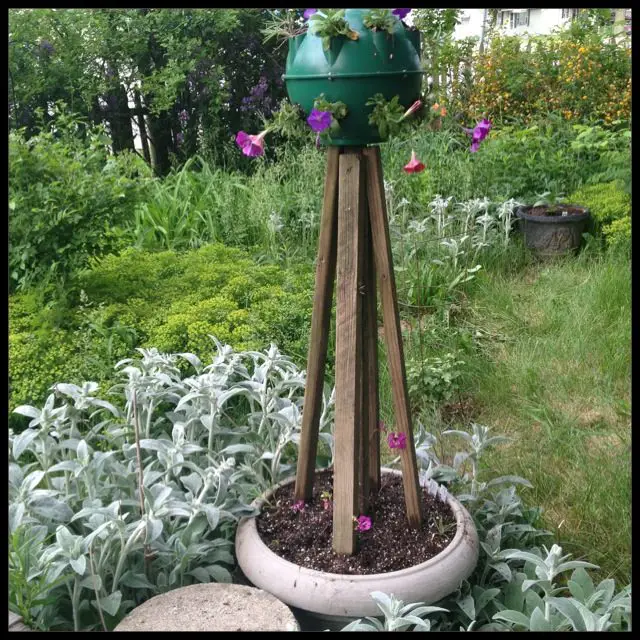
The lamb's ears beckoned to me to gently caress them.
Their leaves are so soft – they remind me of petting a small kitten.
The red rose towered above the yellow-green flowers of the groundcover really brought the other two plants together and made the red of the roses stand out even more.
There are numerous groupings like this all along the garden path.
Some just seem to stand out more than others on different days possibly because of how the sunlight plays off the petals and leaves of the plants at different times of the day.
So, I hope you have enjoyed my attempt at describing the garden.
It has not been an easy task.
The good news is there are lots of videos on my YouTube Channel of the garden if you wish to see parts of the garden for yourself.
How To Grow Mallows
Learn how to grow mallows, a Malvaceae family which includes some of the most popular plants for the home garden, Hibiscus.
How To Describe A Garden In A Story
Source: https://www.exoticgardening.com/describing-the-garden/
Posted by: johnsonfrowleall.blogspot.com

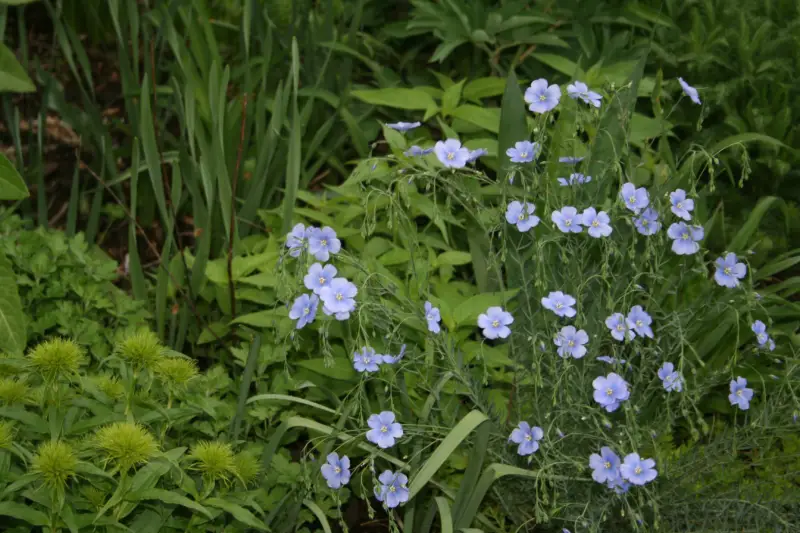
0 Response to "How To Describe A Garden In A Story"
Post a Comment